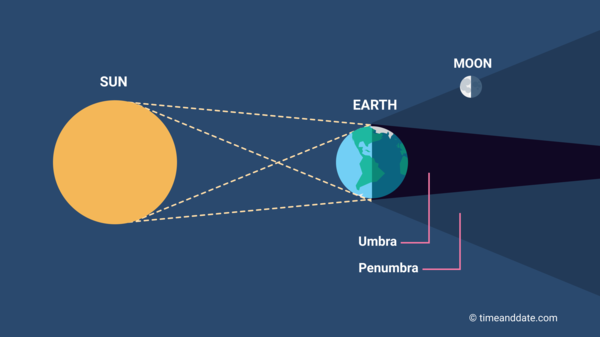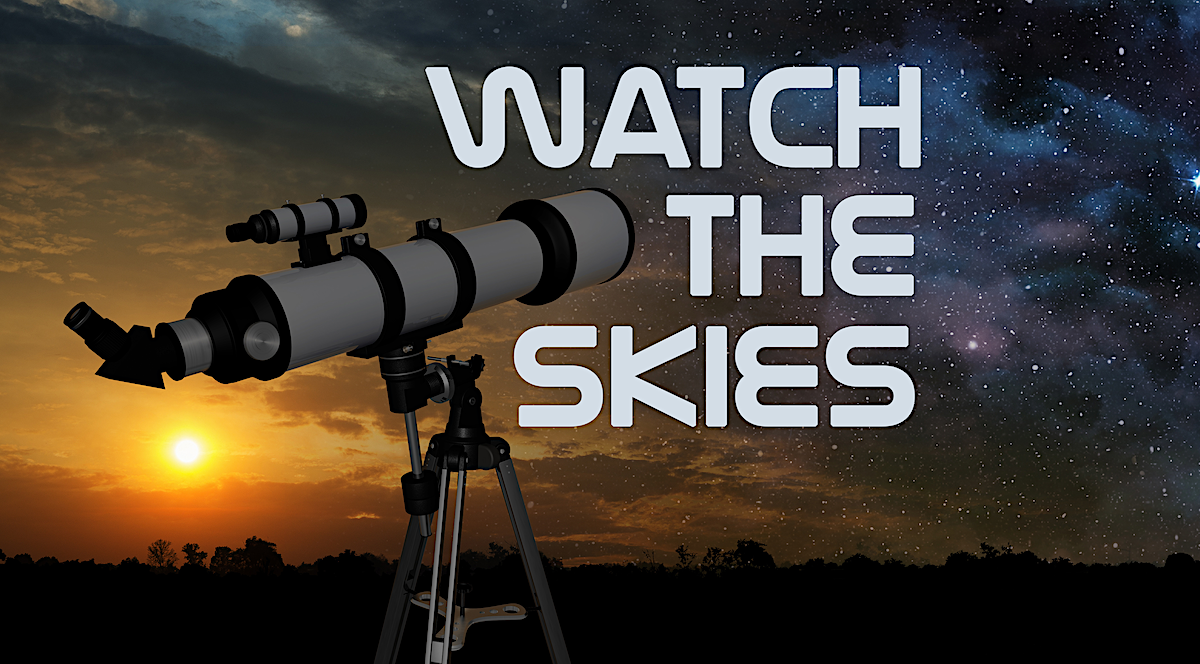
The talk of the sky this coming week is a partial lunar eclipse. This isn’t some ordinary eclipse, though, so if you don’t mind being up very late Thursday, Nov. 18 (or very early Friday, Nov. 19) it’s definitely worth checking out.
The last partial lunar eclipse occurred over North Georgia back in May during the wee hours of the morning. Clouds obscured most of it but only about 25-30% of the moon was even covered. The last total eclipse came all the way back in January of 2019 when beautiful, albeit cold, weather allowed great visibility.
This upcoming eclipse will look much closer to the 2019 total than the partial early this year. In fact, it will very nearly be a total eclipse itself. At maximum eclipse, a whopping 97% of the moon will be immersed in Earth’s shadow. This will leave the tiniest sliver still illuminated by the sun. Even that sliver will be dimmer than usual since it will be solidly in the Earth’s penumbral shadow, the part of the shadow that still receives some light from the sun.

During most partial eclipses where significantly smaller portions lie inside the Earth’s umbra the moon never really takes on the reddish tint you see during a total eclipse. This won’t be the case this time. With the exceptionally large percentage totally eclipsed the moon should appear almost as a strange diamond ring in the sky with a hint of bright light on the edge of a red disc. This red tint is caused by sunlight shining through the Earth’s atmosphere and refracting towards the moon. You are essentially seeing all the sunrises and sunsets on the Earth being reflected on the moon’s surface at once!
This will be an especially long eclipse, the longest in hundreds of years, in fact. From the time the moon enters the penumbra to the time it exits will take just over 6 hours. It will spend 3 hours and 28 minutes partially eclipsed by the umbra, the longest of this century. This is because the eclipse is occurring at apogee when the moon is farthest from the Earth. This is also the point in its orbit when the moon is traveling the slowest, hence why it takes so long to traverse Earth’s shadow. In comparison, the total lunar eclipse this past May that was visible from Asia and the western US lasted an hour less time than the upcoming one will.

Thursday night/Friday morning is the time to head outside. Locally, the moon will begin its penumbral phase at 1:02 AM but this won’t be noticeable with the naked eye for a while. It will begin the partial phase a bit over an hour later at 2:19 AM. The moon will reach greatest eclipse with 97% of its surface covered at 4:03 AM and exit the partial phase at 5:47 AM. It will finally exit the penumbra some 6 hours after it started at 7:03 AM.
Local sunrise occurs at 7:13 AM so the entire eclipse will be visible, and at maximum eclipse, the moon will still be high in the western sky.
While you are checking out the eclipse, be sure to check out the nearby Pleiades which will be just above the moon.
As always, watch the skies!







